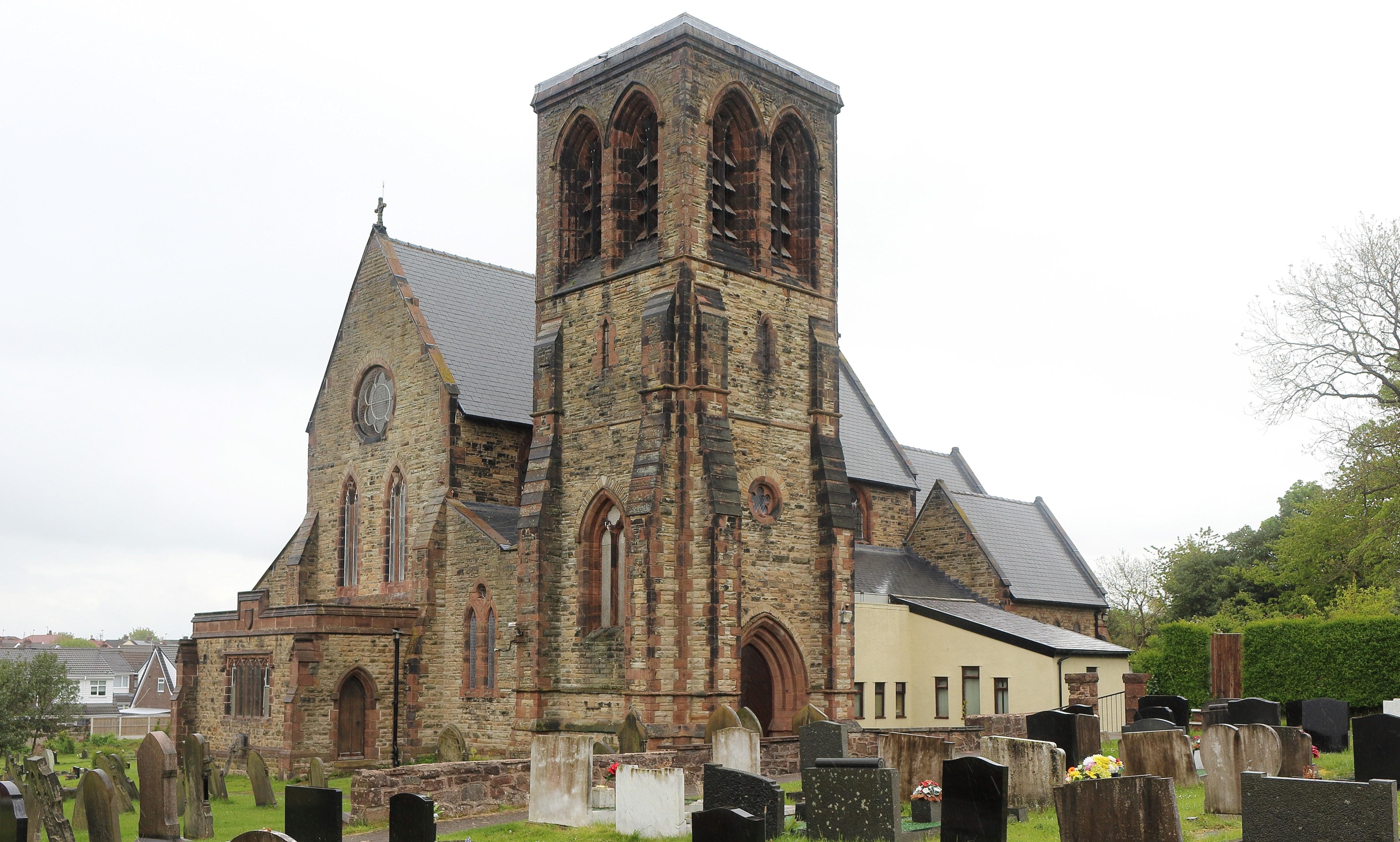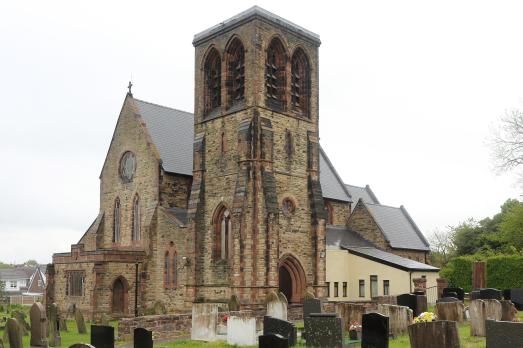The church was built in Early English style by one of the eminent ecclesiastical architects of the 19th century, GE Street.
It was consecrated on 30th July 1868. The oldest set of windows can be found in the Lady Chapel behind the communion table. Henry Rodolph de Anyers Willis commissioned the London based Morris, Marshall, Faulkner & Co. The window is made up of two columns (lancets) with a circular window above. The lancet designs were created by William Morris himself. The circular window which sits just above the radiant angels was designed by the preRaphaelite artist Edward Burne-Jones. It shows an image of Christ in Majesty with angels encircling his head. In 1896 the firm were asked to make another window, this time for the nave. In February 1897, William Morris wrote about the window in the London journal Artist. He said that Burne-Jones had 'designed a beautiful west nave window for St. Nicholas’s Church, Whiston, the subject of which is Paradise'. Two years later, in 1898, a final window was commissioned from Morris and company, and again all the designs were executed by Burne-Jones. This window is on the right as you enter the Lady Chapel. It shows three lancets with two sets of figures in each.
Other notable features include:
• The east window which depicts the Crucifixion by Clayton and Bell
• A painted reredos installed around1876-7 with coved, crested timber frame
• A two bay arcade with traceried arches which divides the Lady Chapel from the chancel
• An organ by Henry Willis & Sons


